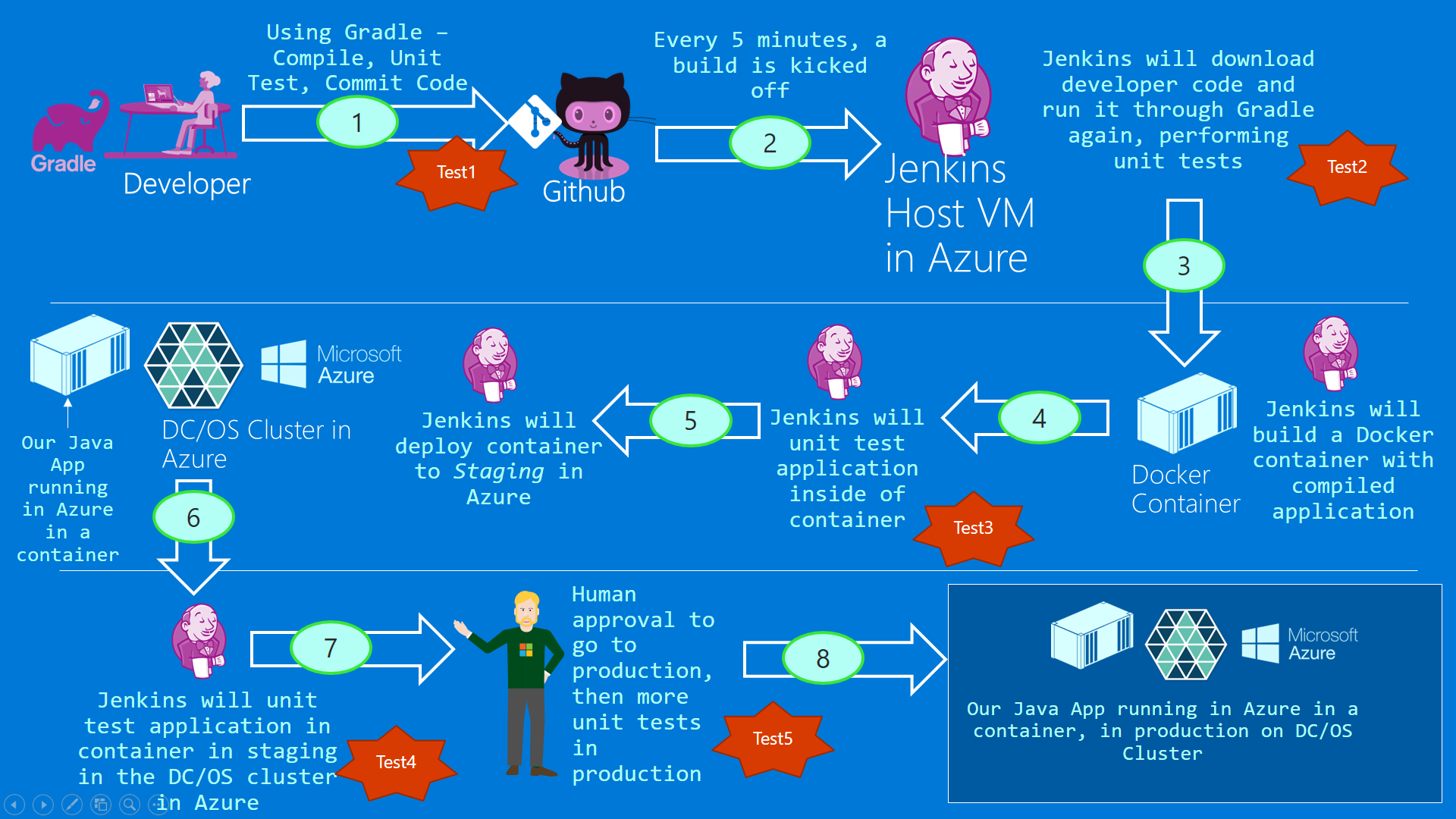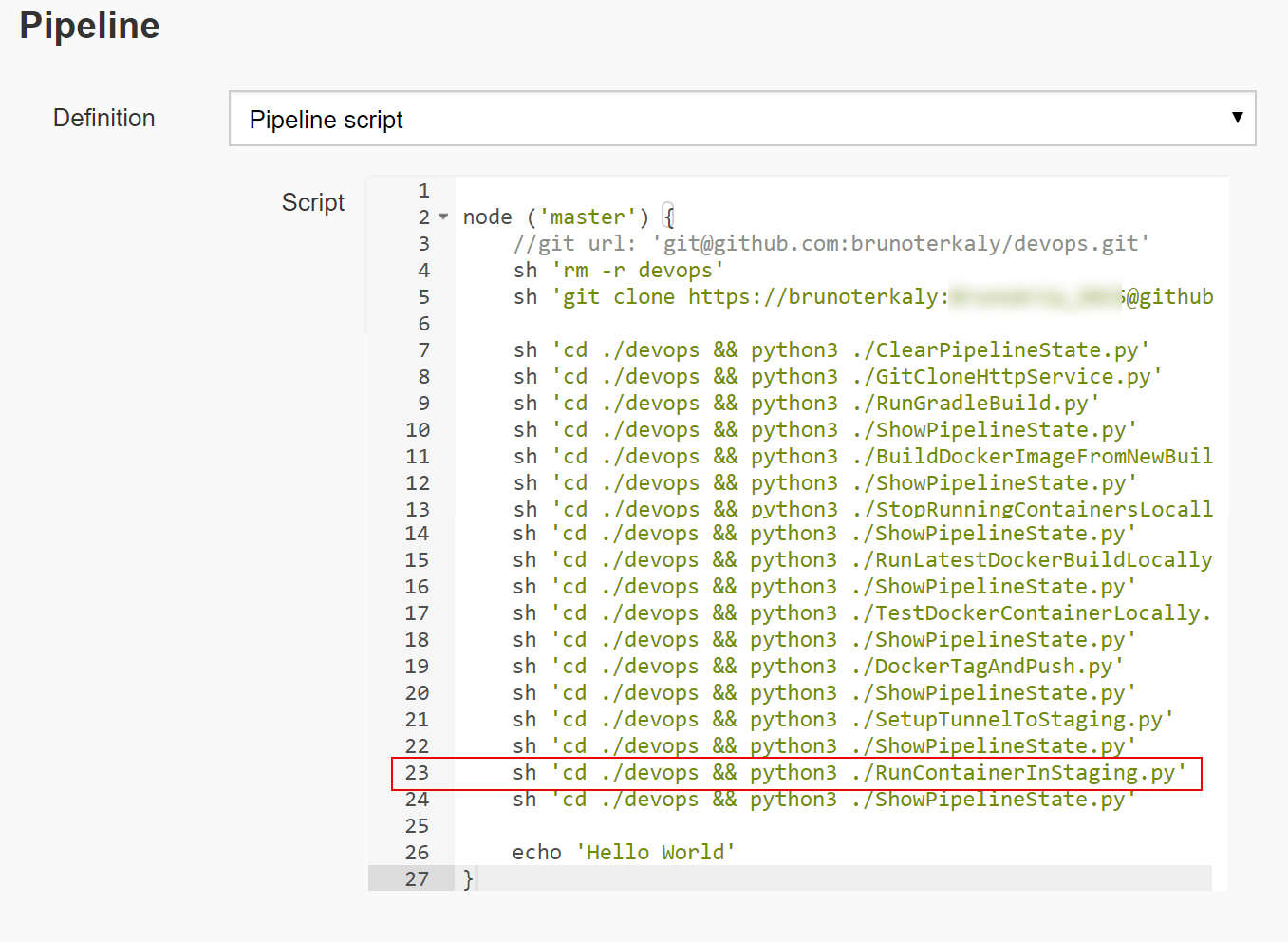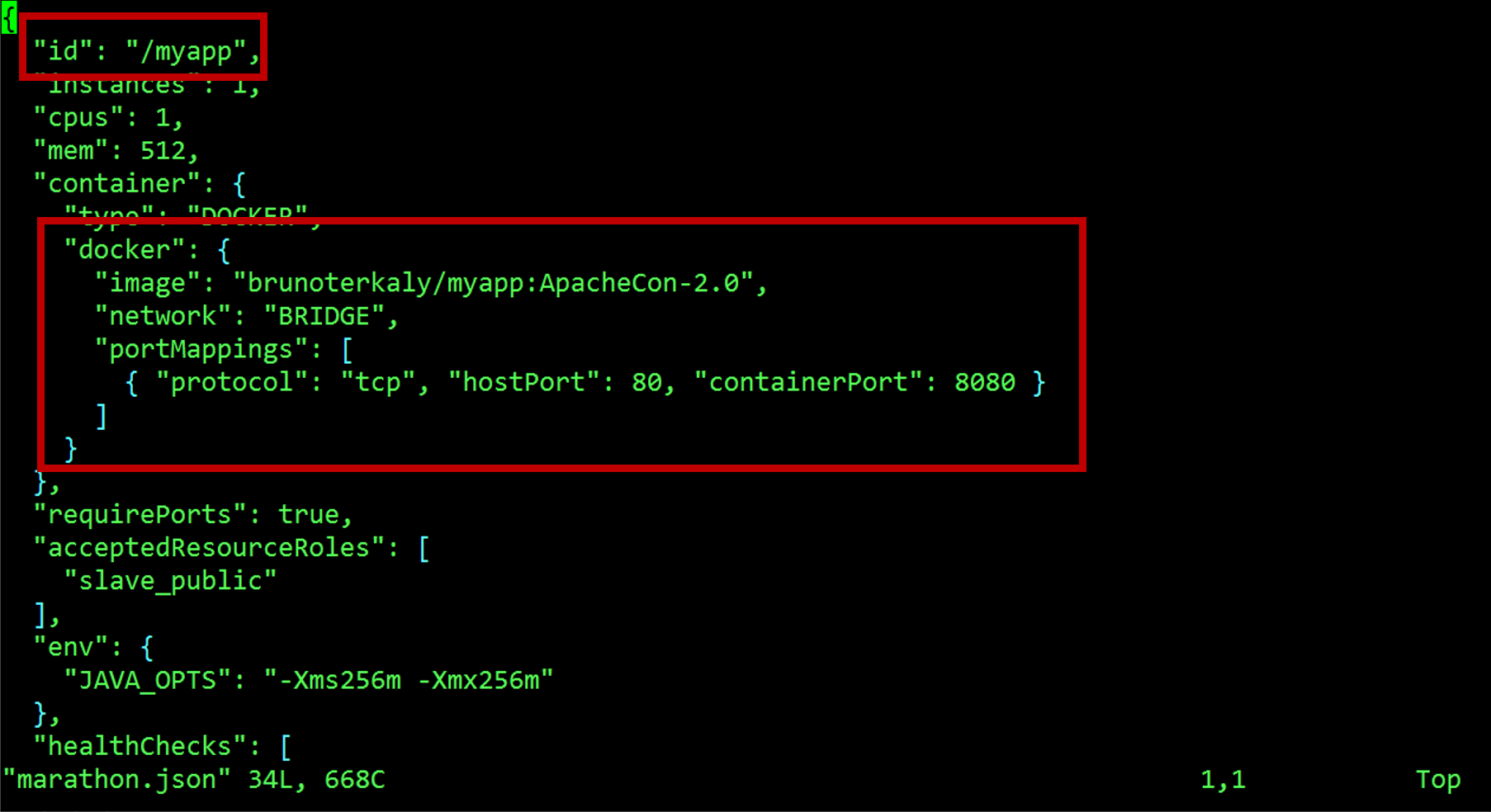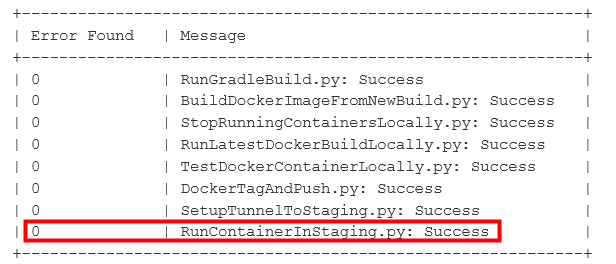Ask Learn
Preview
Ask Learn is an AI assistant that can answer questions, clarify concepts, and define terms using trusted Microsoft documentation.
Please sign in to use Ask Learn.
Sign inThis browser is no longer supported.
Upgrade to Microsoft Edge to take advantage of the latest features, security updates, and technical support.
Note
Access to this page requires authorization. You can try signing in or changing directories.
Access to this page requires authorization. You can try changing directories.
| My Take on an Azure Open Source Cross-Platform DevOps Toolkit–Part 1 | Click Here |
| My Take on an Azure Open Source Cross-Platform DevOps Toolkit–Part 2 | Click Here |
| My Take on an Azure Open Source Cross-Platform DevOps Toolkit–Part 3 | Click Here |
| My Take on an Azure Open Source Cross-Platform DevOps Toolkit–Part 4 | Click Here |
| My Take on an Azure Open Source Cross-Platform DevOps Toolkit–Part 5 | Click Here |
| My Take on an Azure Open Source Cross-Platform DevOps Toolkit–Part 6 | Click Here |
| My Take on an Azure Open Source Cross-Platform DevOps Toolkit–Part 7 | Click Here |
| My Take on an Azure Open Source Cross-Platform DevOps Toolkit–Part 8 | Click Here |
| My Take on an Azure Open Source Cross-Platform DevOps Toolkit–Part 9 | Click Here |
| My Take on an Azure Open Source Cross-Platform DevOps Toolkit–Part 10 | Click Here |
| My Take on an Azure Open Source Cross-Platform DevOps Toolkit–Part 11 | Click Here |
| My Take on an Azure Open Source Cross-Platform DevOps Toolkit–Part 12 | Click Here |
On the Jenkins Host - abbreviated steps
We are moving from step 5 to 6 - running the app in staging.


Figure 1: The big picture
curl –X POST https://localhost/marathon/v2/apps -d @marathon.json –H “Content-type: application/json”
Notice on the command line a json file called marathon.json is passed. This file contains all the metadata to indicate how we wish to run the app in the cluster.
There are a few things to notice:

Figure 2: marathon.json
| 13-17 | Validate that no previous errors occurred |
| 25-33 | The http POST command that deploys our app to the cluster using **marathon.json**. The image is run as a container using the image at hub.docker.com. This command assumes a **tunnel or port forwarding** has been setup. |
| 40-61 | Verifies that our app is running correctly in the cluster. |
| 65-68 | Record success or failure in MySQL |
Figure 3: RunContainerInStaging.py
Our app has been on a long journey to get to this point. It has been compiled twice and test 3 times. The next and final step is to test that app in the staging environment. We are almost finished!

Figure 4: App successfully in staging
Ask Learn is an AI assistant that can answer questions, clarify concepts, and define terms using trusted Microsoft documentation.
Please sign in to use Ask Learn.
Sign in